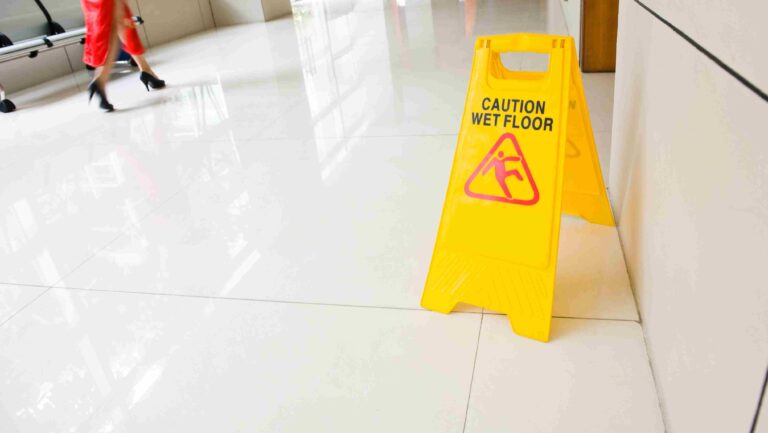
As part of our 2017 Summer Safety Series, we’re weighing in on balancing the aesthetic & performance reasons to lift a vehicle versus the risks these vehicles pose. Before you invest money in lifting your car, truck, or SUV with larger tires or a raised suspension, we ask that you consider these potential dangers.
The Potential for Rollover
Lifted vehicles increase the chance of rollovers, which are some of the most devastating car accidents you can be involved in. Unmodified SUVs already have the highest rate of rollover. Add a lift kit or large tires, and you increase the risk of rollover even further. In addition, these vehicles have farther to fall during a tip-over, so there’s a higher risk of injury.
Rear-ending Damage
Rear-ending someone in a normal vehicle can cause potential injury or death, although unlikely at slow speeds. But at any speed, hitting a car from behind while driving a lifted vehicle can be devastating. The raised bumper level has the potential to total a low-profile car, truck, or even SUV, causing vehicular damage at the least, and serious injury or a fatality at the worst.
Impaired Visibility
Accidents involving lifted vehicles can cause significant damage to another, even when lifted only 6 or 8 inches. Vehicles need to stay at a certain distance to allow drivers in all cars to see more of the road and to avoid hazards. Lifting an automobile decreases range of visibility and increases blind spots.
Headlight Hazards
The headlights on lifted cars, trucks, and SUVs are higher than almost any other vehicle on the streets. This means that anyone driving in front of a lifted vehicle can be blinded by the lifted vehicle’s headlights.
Unsafe Center of Gravity
Tall vehicles have a high center of gravity, which makes it difficult for their drivers to suddenly stop or avoid hazards if necessary. Even at very low speeds, a high center of gravity works against the most alert drivers.
Hazards in Parking Lots
Lifted vehicles in parking lots increase the risk of injury in a setting that’s already naturally dangerous. Small children, elderly, impaired people, and those who are just not paying attention can come into the blind spot of a lifted vehicle that’s maneuvering forward or backing up.
Types of Accidents Affected by Lifted Vehicles
The drivers of lifted vehicles face a wide variety of risks. For example, the extra height makes it more prone to rollover accidents. Understanding the nature of these accidents is essential if you intend to pursue a claim for damages.
Accidents by lifted vehicles include the following:
- Rollover accidents. As noted above, lifted vehicles are far more likely to roll over. These vehicles generally have a higher center of gravity, making it easier to tip. These accidents are often fatal, as these crashes damage the weakest points in the vehicle.
- Blindspot accidents. Lifted vehicles have blind spots not present in other types of trucks. When the driver of a lifted vehicle attempts to merge or change lanes without checking their blind spots, accidents can happen. It can be difficult for the drivers of lifted vehicles to watch for other traffic.
- Rear-end collisions. Lifted vehicles frequently increase the risks of serious injury. They are more likely to strike other vehicles in areas not intended to absorb a crash. For example, a lifted vehicle could strike the windshield of a smaller car or truck with its bumper, resulting in debilitating injuries.
No matter how your accident happened, the critical question is whether negligence played a role. If the driver of a lifted vehicle caused an accident after driving carelessly, they could be at fault. Holding them accountable for their actions is possible with the help of a skilled attorney from our firm.
Tips for Driving Near Lifted Vehicles
We hope these risks cause you to reconsider lifting your vehicle, but if you do decide to drive one, you can reduce your risks by:
- Staying a safe distance away from the vehicles around you
- Use consistent motions when changing lanes or passing
- Stay alert & never drive while distracted
The state of Texas has clear requirements for the height of passenger cars and trucks on Texas roads. All drivers should be aware of the current laws for safe vehicle heights.
If you’ve been injured in an accident with a lifted vehicle, the attorneys at Patterson Law Group would like to talk to you. Reach out to us by filling out the contact form on this page.










